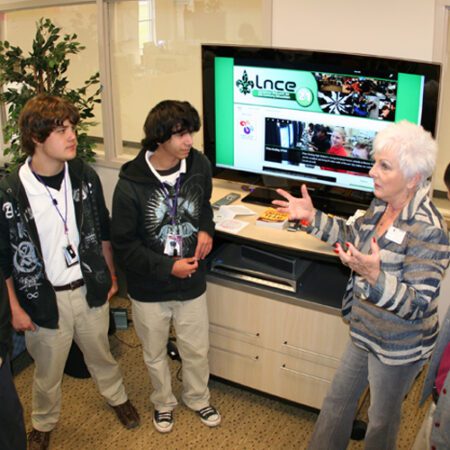NTN Insights and Resources
Browse our library of school and district spotlights, insights, and resources to learn more about the NTN Model and our work with schools across the country.

Topic: NTN Tools and Frameworks
Topic: NTN Tools and Frameworks
Topic: NTN Tools and Frameworks
Our Network Resources and Tools What is NTN? NTN is a nonprofit education organization that works closely with leadership teams and classroom educators to make change scalable and sustainable. With more than 25 years of supporting schools and districts in...
Topic: NTN Tools and Frameworks
Topic: High School, South
Topic: NTN Tools and Frameworks
Topic: High School, Midwest
Topic: NTN Tools and Frameworks
Our Network Resources and Tools In today’s evolving educational landscape, educators are seeking innovative and effective teaching approaches that can equip students with the skills and knowledge to prepare students for today’s world. Project-based learning (PBL) is a hands-on, student-centered...


